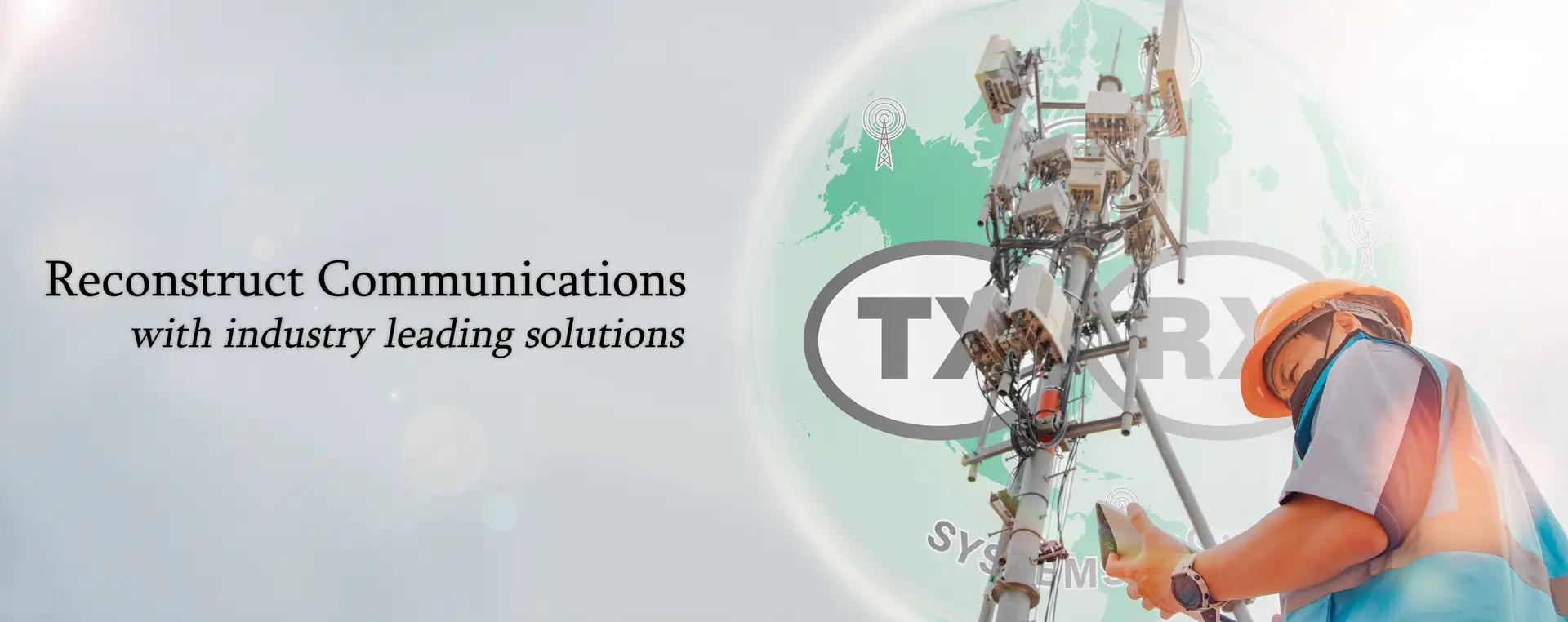 Power Tower Falls Over in Houston Area Due to Storms: Preparation and Recovery
Power Tower Falls Over in Houston Area Due to Storms: Preparation and Recovery
Heavy winds and rain from recent storms sweeping through Houston caused devastating damage to the area. Among the many disastrous events, a power tower collapsed and left thousands without electricity. This highlighted the need for robust infrastructure and effective disaster response systems.
It demonstrates how vulnerable urban areas are to extreme weather and how proactive measures are needed to strengthen critical infrastructure to ensure community safety and power continuity during such extreme weather.
In this article, we will explore the preparations taken before the storm, the immediate aftermath and recovery efforts, the long-term strategies for enhancing infrastructure resilience, and how TX RX’s innovative solutions can aid in disaster recovery and public safety.
Preparation for Severe Storms
Preparing for severe storms in urban areas like Houston is important to limit damage and ensure public safety. Local authorities and power companies took several precautions days before the storm. Pre-storm warnings were issued that alerted residents of the danger and organized evacuations were in place in the most vulnerable areas. Critical infrastructure, such as hospitals and water treatment plants, had to be prioritized. They were protected and provided with power backup arrangements.
Technology helped with these preparations. More accurate forecasting with modern weather prediction systems gave officials the time to implement the necessary safety measures. Also, smart grids and resilient power systems can dampen the effects of such storms through faster recovery and resource management. However, it’s unfortunately impossible to predict the true impact of a storm on existing infrastructure, so we can only take preemptive measures that can attempt to limit the damage.
Immediate Aftermath and Recovery Efforts
The aftermath of this horrendous storm left Houston with widespread damage. Power outages darkened thousands of homes and left residents without power and essential services. A collapsed 100-foot transmission tower on Highway 290 is a reminder of the storm’s sheer power. This disruption poses a major challenge in recovery efforts for local authorities.
Emergency services and local authorities were quick to respond to events. Falling debris forced rescue operations, and first responders cleared blocked roads and sought to restore services. The priority was safety, health, and welfare—with power restoration efforts focusing first on hospitals and other critical facilities.
Long-term Recovery and Infrastructure Resilience
The recovery from such a strong storm is unfortunately a slow and burdensome process. Prolonged power outages and the cost of repairing/rebuilding damaged infrastructure pose great challenges. However, these challenges create an opportunity to strengthen the Houston infrastructure against future storms.
Upgraded power towers and lines designed to withstand higher wind speeds and more robust design standards may reduce the risk of future outages. Advanced technology and climate-resilient strategies are also needed to limit future risks.
A combination of nature-based solutions and conventional infrastructure can reduce risks. Furthermore, investing in modern communication and emergency response systems will allow for faster help during crises.
Planning now to build back better after disasters saves money and creates unique opportunities to improve resilience substantially. Preparing strategies in advance and obtaining stakeholder agreement enables cities like Houston to adopt more robust infrastructure solutions following a disaster recovery.
TX RX Solutions for Disaster Recovery and Public Safety
At TX RX, we understand the critical importance of reliable communication and resilient infrastructure in disaster recovery. Our range of solutions, including portable red box radio towers, DAS (Distributed Antenna Systems), BDA (Bi-Directional Amplifiers), and LMR (Land Mobile Radio) systems, are designed to enhance public safety and ensure effective communication during emergencies.
Our portable red box radio towers can be set up in just 30 minutes, providing immediate communication capabilities in disaster-stricken areas. These towers are essential for coordinating rescue operations and ensuring that first responders can communicate effectively.
Additionally, our DAS, BDA, and LMR solutions offer robust communication channels for both everyday public safety needs and critical situations, ensuring that emergency services can operate smoothly even under challenging conditions.
By investing in TX RX solutions, municipalities and businesses can significantly improve their disaster preparedness and response capabilities, ensuring they are better equipped to handle future storms and other emergencies.
Invest in a Resilient Future Today
In light of the recent storms and the ongoing challenges faced by Houston, it is clear that investing in robust infrastructure and reliable communication systems is more important than ever. At TX RX, we are committed to providing the solutions needed to enhance public safety and ensure effective disaster recovery.
We encourage businesses and municipalities to explore our range of products and services, designed to meet the demands of modern disaster response and public safety. For more information on how TX RX can help you prepare for and recover from severe storms, please visit our website or contact us directly.
